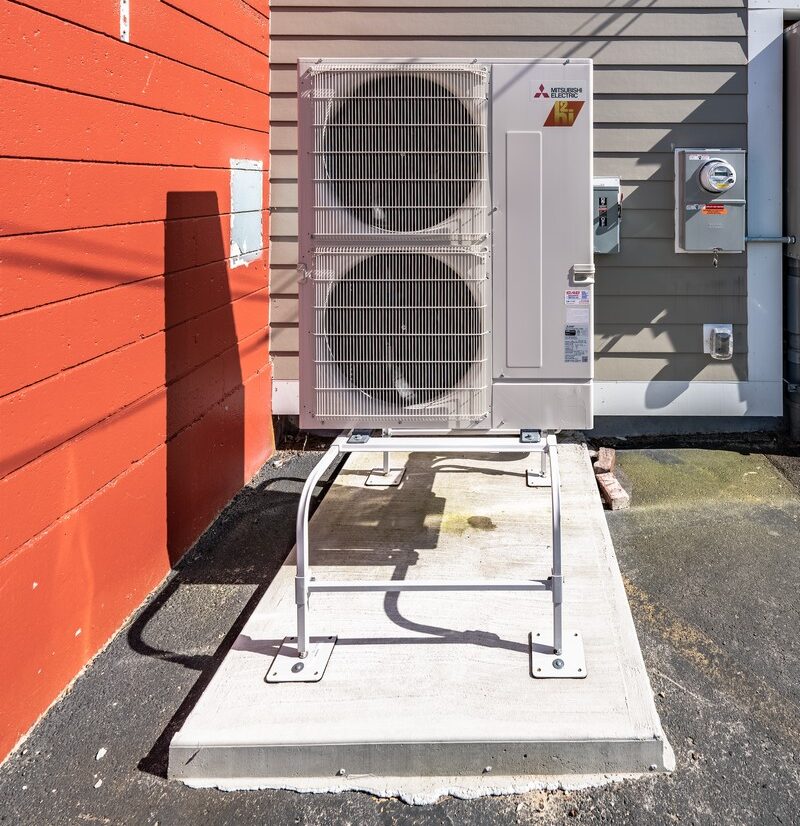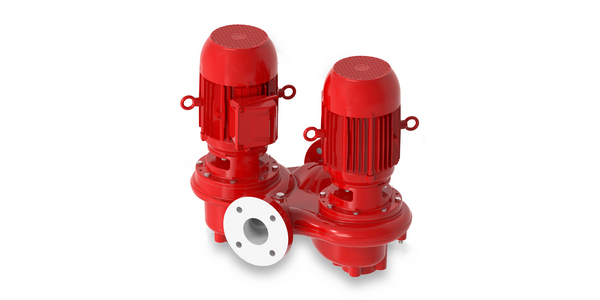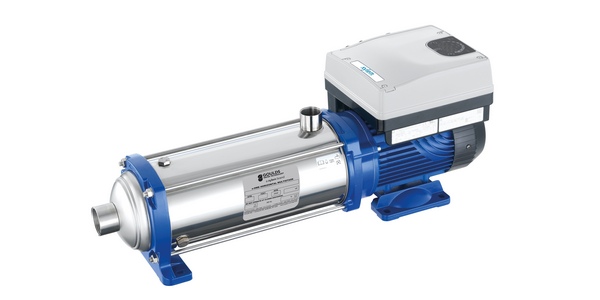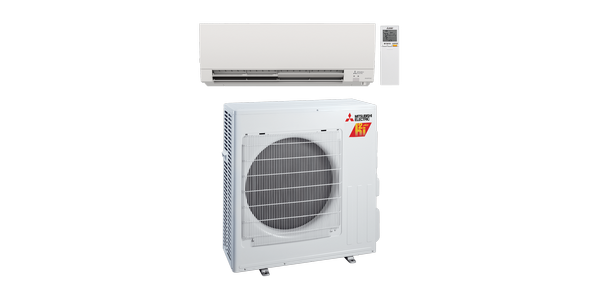Tips for Maintaining Efficiency of Commercial Heat Pumps

By Jason Ganley
It’s time to bust the lingering myth that heat pumps can’t keep indoor spaces comfortable in extreme cold climates. All-climate, all-electric heat pumps do so efficiently and without using an ounce of natural gas, oil or propane. They work so well that commercial building owners and operators are increasingly using newer, cleaner-running HVAC systems like heat pumps to keep occupants comfortable even on negative-degree days.
The following is a brief recap of how heat pumps have evolved, why the technology is ideal for extreme weather and tips for HVAC technicians to keep commercial heat pumps running optimally.
Heat pump systems have come a long way
Heat pumps have been used to heat and cool buildings since the 1960s, but these older systems had trouble heating indoor spaces when the temperature dropped below 20 F. Today’s heat pump solutions have evolved to be much more effective than they were back then, with certain systems providing up to 100% heating capacity down to temperatures as low as -5 F with guaranteed heating capacity down to -13 F or -22 F, depending on the heat pump type.
In fact, the IEA reports today’s heat pump models are three to five times more energy efficient than gas boilers. Further, heat pumps are expected to be a major tool in the drive to cut greenhouse gas emissions, unlike conventional fossil fuel-fired HVAC systems.
Heat pumps are becoming so widely adopted that for the second consecutive year, heat pump shipments have outpaced conventional gas furnaces, according to the Air Conditioning, Heating, and Refrigeration Institute.
How heat pumps work
Heat pumps use electricity to transfer energy between the inside and outside, and vice versa, through a refrigerant cycle. As temperatures drop outside, the heat pump compressor speeds up to maintain indoor comfort. The flash injection process supplies a small amount of cooler refrigerant back to the compressor, removing excess heat from increased compressor speeds; this allows it to run faster and produce high heating performance. The innovation also enables the system to achieve set points faster and recover quickly after the defrost cycle.
As long as HVAC contractors perform regular preventive maintenance, heat pump systems can keep building occupants comfortable not only in the wintertime but year-round.
Tips for optimizing heat pumps
Before systems are even installed, of course, heat pumps should be properly sized for the building load using the manufacturer’s design software. Once installed, proper preventive maintenance maximizes efficiency and prolongs the life of a building’s heat pump system. Routine maintenance by a licensed HVAC professional ensures systems are operating efficiently. This includes areas like confirming proper equipment operation, cleaning or replacing air filters and ensuring electrical connections are secure and heat exchangers are clean.
Outside units should be kept free of debris, including trimming vegetation that can interfere with airflow. If a building is in an area of the country that’s prone to winter weather, they should have:
- Snow stands to lift the outdoor coils in the unit off the ground, so the system gets proper airflow when snow or ice accumulates.
- Snow hoods and hail guards to safeguard heat pump systems by protecting the integrity of outdoor equipment.
Increased adoption of heat pumps expected
Today’s heat pump systems can serve as a building’s sole source of heat, keeping occupants comfortable even during the most frigid winter weather.
All-climate, all-electric heat pumps are one of the most energy-efficient, cost-effective and sustainable HVAC systems on the market. Due to these benefits and more, expect to see them increasingly used in commercial retrofits and new commercial construction, alike.
Jason Ganley is commercial area sales manager II at Mitsubishi Electric Trane HVAC US.




